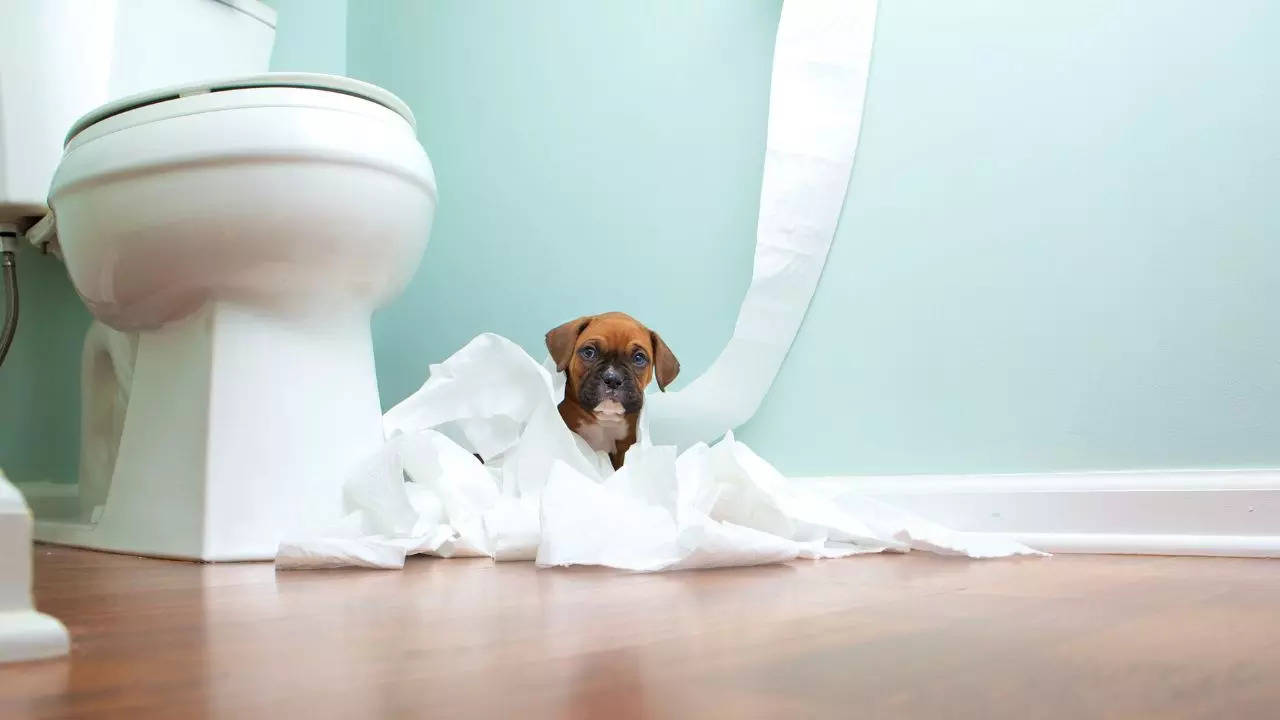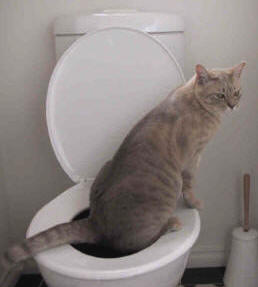My Results of Flushing Animal Waste Down the Toilet
My Results of Flushing Animal Waste Down the Toilet
Blog Article
The article author is making a number of good observations about 4 Reasons Why Dog Poop Cleanup is Important overall in this great article in the next paragraphs.

When it involves getting rid of waste, particularly animal waste, many people frequently resort to the practical option of flushing it down the bathroom. Nonetheless, this seemingly very easy option can have serious repercussions for the setting and public health. In this short article, we'll discover why flushing pet waste down the commode is a negative concept and supply different methods for proper disposal.
Intro
Proper garbage disposal is important for preserving environmental sustainability and public health. While it may seem harmless to purge animal waste down the commode, it can lead to various concerns, both for the setting and human wellness.
Risks of flushing animal waste
Ecological effect
Purging pet waste introduces dangerous bacteria and pathogens into waterways, which can adversely affect marine ecosystems. These virus can contaminate water resources and damage aquatic life, interrupting fragile ecological communities.
Public health issues
Animal waste consists of unsafe bacteria such as E. coli and Salmonella, which can posture severe health threats to people. Flushing pet waste down the toilet can contaminate water supplies, bring about the spread of diseases and infections.
Alternatives to flushing
Instead of flushing animal waste down the toilet, there are a number of different disposal methods that are much more eco-friendly and hygienic.
Composting
Composting pet waste is a green means to dispose of it. By composting, organic matter is broken down into nutrient-rich dirt, which can be utilized to feed gardens and plants.
Garbage dump disposal
Disposing of animal waste in a garbage dump is another choice. While not as environmentally friendly as composting, it is a more secure choice to flushing, as it prevents the contamination of water resources.
Family pet waste disposal systems
There are customized animal garbage disposal systems readily available that securely and hygienically throw away animal waste. These systems usually make use of enzymes to break down waste and remove odors.
Actions to appropriate pet waste disposal
To guarantee proper disposal of animal waste, adhere to these actions:
Scooping and landing waste
Regularly scoop and bag animal waste making use of eco-friendly bags. This prevents waste from infecting the setting.
Making use of designated waste bins
Dispose of bagged animal waste in designated waste bins, such as compost containers or garbage dump bins. Avoid flushing it down the bathroom in any way expenses.
Cleaning up can and pet areas routinely
On a regular basis clean can and animal areas to stop the buildup of waste and microorganisms. Use pet-safe cleansing products to preserve health.
Benefits of correct disposal methods
Embracing proper disposal techniques for pet waste provides a number of advantages:
Decreased environmental pollution
Correct disposal methods minimize the threat of environmental pollution, safeguarding rivers and environments from contamination
Minimized danger of water contamination.
By preventing flushing animal waste down the toilet, the threat of water contamination is significantly decreased, securing public health.
Boosted cleanliness and hygiene
Proper disposal methods advertise far better cleanliness and health, producing a much safer environment for both human beings and animals.
Verdict
To conclude, purging animal waste down the bathroom is dangerous to the atmosphere and public health. By taking on alternative disposal techniques and adhering to proper waste administration methods, we can minimize the unfavorable effect of pet waste and contribute to a cleaner, healthier world.
What To Do With Dog Poo – The Do's And Don'ts Of Disposing Of Faeces
Dog poo bins
Some councils provide dedicated dog waste bins in popular dog-walking areas that can take dog poo that has been bagged but you can legally dispose of dog waste in any public litter bin, as long as it is securely bagged. This also applies to your wheelie bin at home.
Do not flush
Water companies do not recommend flushing dog faeces down the toilet because certain parasites can survive the water processing treatment and are potentially harmful to humans. You should also never consider flushing dog poo that has been bagged down the toilet as the bags will not break down and instead create severe blockages in the sewage system.
In the woods
The Forestry Commission promotes a ‘stick and flick’ method for dealing with waste in the woods. This means finding a stick and using it to flick any poo from off the path so that it is out of the way of other walkers. You could also bury it as long as it is not in an area where there might be livestock.
Livestock
Parasites found in dog poo can be transmitted to livestock if they inadvertently eat infected faeces that has been left on grazing land. This could result in the death of sheep or abortion in cattle so you should always make sure you pick up your dog’s waste in fields where livestock could be present.

On a regular basis clean can and animal areas to stop the buildup of waste and microorganisms. Use pet-safe cleansing products to preserve health.
Benefits of correct disposal methods
Embracing proper disposal techniques for pet waste provides a number of advantages:
Decreased environmental pollution
Correct disposal methods minimize the threat of environmental pollution, safeguarding rivers and environments from contamination
Minimized danger of water contamination.
By preventing flushing animal waste down the toilet, the threat of water contamination is significantly decreased, securing public health.
Boosted cleanliness and hygiene
Proper disposal methods advertise far better cleanliness and health, producing a much safer environment for both human beings and animals.
Verdict
To conclude, purging animal waste down the bathroom is dangerous to the atmosphere and public health. By taking on alternative disposal techniques and adhering to proper waste administration methods, we can minimize the unfavorable effect of pet waste and contribute to a cleaner, healthier world.
What To Do With Dog Poo – The Do's And Don'ts Of Disposing Of Faeces
Dog poo bins
Some councils provide dedicated dog waste bins in popular dog-walking areas that can take dog poo that has been bagged but you can legally dispose of dog waste in any public litter bin, as long as it is securely bagged. This also applies to your wheelie bin at home.
Do not flush
Water companies do not recommend flushing dog faeces down the toilet because certain parasites can survive the water processing treatment and are potentially harmful to humans. You should also never consider flushing dog poo that has been bagged down the toilet as the bags will not break down and instead create severe blockages in the sewage system.
In the woods
The Forestry Commission promotes a ‘stick and flick’ method for dealing with waste in the woods. This means finding a stick and using it to flick any poo from off the path so that it is out of the way of other walkers. You could also bury it as long as it is not in an area where there might be livestock.
Livestock
Parasites found in dog poo can be transmitted to livestock if they inadvertently eat infected faeces that has been left on grazing land. This could result in the death of sheep or abortion in cattle so you should always make sure you pick up your dog’s waste in fields where livestock could be present.

I recently found that piece about Why you should never flush dog poop down the toilet while perusing the web. Sharing is caring. One never knows, you may very well be doing someone a favor. Thanks a lot for going through it.
Website Report this page